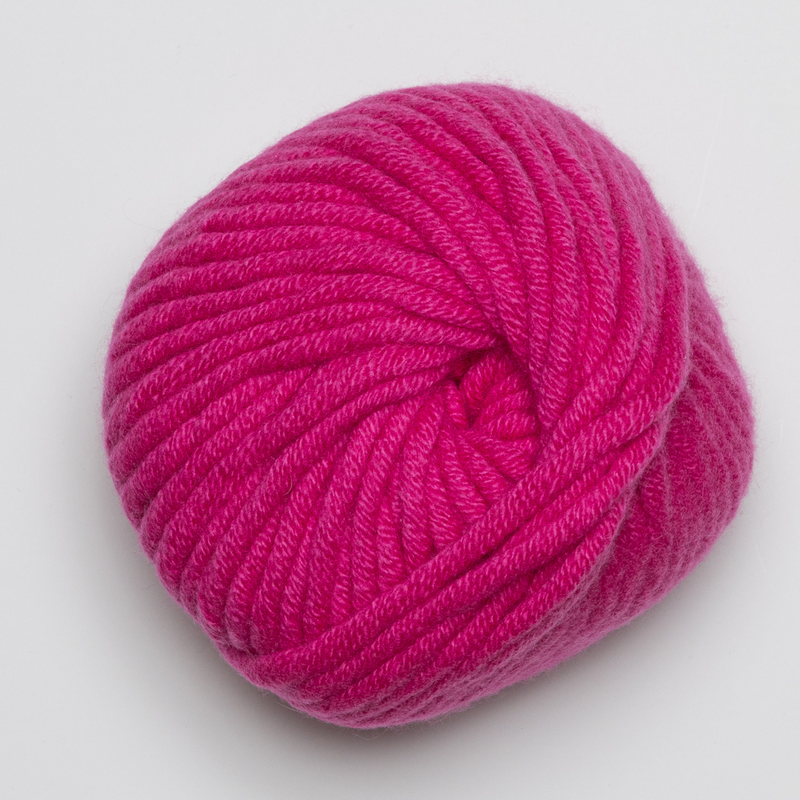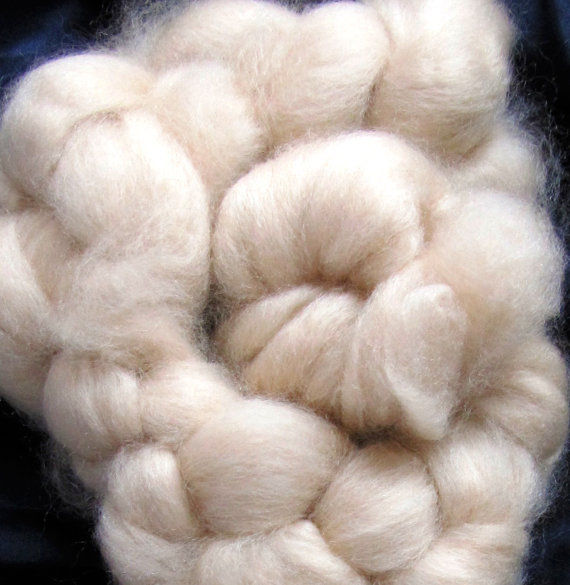Understanding the Various Kinds of Cashmere an All-natural Fiber and Their Special Advantages

The Beginnings of Cashmere: A Historic Overview
While the glamorous touch of cashmere proceeds to beauty contemporary customers, its beginnings trace back to the severe, cold environments of Mongolia and the Himalayas. For centuries, the native individuals of these areas have actually been raising Capra Hircus goats, the prime resource of cashmere wool. These goats, durable versus the extreme winters, grew a fine undercoat to make it through, which later on came to be referred to as cashmere. The name itself pays homage to Kashmir, a region in India where the wool was at first refined. Much of the very early cashmere profession course was promoted by the Silk Roadway, connecting Asia with the Middle East and Europe. In spite of its worldwide spread, the finest cashmere is still believed to originate from the original regions of Mongolia and the Himalayas.

The Manufacturing Process: From Goat to Garment
Shearing a Capra Hircus goat notes the beginning of the elaborate cashmere manufacturing procedure. This delicate procedure commonly occurs yearly throughout springtime. The penalty, soft undercoat is then separated from the coarser external hair, a procedure recognized as dehairing. The resultant raw cashmere is then washed to eliminate contaminations such as veggie, dirt, and grease matter.
The clean fiber undergoes coloring, spinning, and weaving, or knitting, to transform it into a material. Complicated treatments such as quality control checks and finishing procedures adhere to, ensuring the end item keeps the elegant standard anticipated of cashmere. This meticulous procedure, from goat to garment, validates the high expense affixed to cashmere products, making them a symbol of luxury and improvement.
The Numerous Sorts Of Cashmere: An In-depth Analysis

The Unique Advantages of Cashmere: Comfort and Sustainability
Relocating from the variety of cashmere kinds to the advantages they provide, comfort and sustainability stand out prominently. Cashmere, an all-natural fiber, is renowned for its unparalleled gentleness, giving a degree of comfort that synthetic fibers can't match. The material's lightness, yet excellent heat retention, makes it ideal for all seasons. Additionally, cashmere's natural flexibility permits it to return to its original form, making it resistant to extending or diminishing.
When it concerns sustainability, cashmere is renewable and eco-friendly, as it's collected from cashmere goats that regrow their coats yearly. what is cashmere. Unlike synthetic fibers which can take centuries to decay, cashmere's effect on the atmosphere is minimal. This mix of convenience and sustainability makes cashmere an advantageous choice for aware customers

Caring for Your Cashmere: Upkeep and Conservation Tips
While cashmere is definitely a luxurious and sustainable choice, it needs particular treatment to preserve its high quality and prolong its life-span. To begin, cashmere need to be hand cleaned making use of cool water and a Clicking Here moderate detergent. Cashmere items should be stored in a completely dry and cool place, away from straight sunshine and wetness.
Buying Cashmere: Recognizing Its Worth and Well Worth
Although cashmere might at first appear like an expensive investment, its long-term worth and worth come to be obvious when you consider its impressive top qualities. Recognized for its unparalleled softness and heat, cashmere is a costs all-natural fiber that outmatches various other products. Its high demand and limited supply add to its high rate, yet its longevity ensures it lasts for many years, supplying excellent worth for cash. Cashmere items are classic, frequently ending up being antiques gave with generations. what is cashmere. Moreover, its natural shielding buildings provide heat without the bulk of artificial fibers. Spending in cashmere, consequently, is not practically existing fashion patterns, but concerning accepting a sustainable, lasting, and lavish way of living.
Conclusion
In recap, the kind of cashmere one picks, be it Mongolian, Chinese, or Italian, is dictated by specific preferences for heat, high-end, budget, and sustainability. The worth of cashmere prolongs beyond its price, with convenience and longevity contributing to its well worth. Appropriate care and maintenance can ensure its preservation. For that reason, comprehending the origins, manufacturing process, and one-of-a-kind advantages of different sorts of cashmere can lead customers in their financial investment in this elegant natural fiber.
Whether it's the outstanding my company warmth of Mongolian cashmere, the affordability of Chinese cashmere, or the eco-conscious manufacturing of Italian cashmere, there's a tale to be uncovered behind each fiber type. Cashmere, an all-natural fiber, is renowned for its exceptional soft qualities, supplying a degree of convenience that artificial fibers can't match.When it comes to sustainability, cashmere is renewable and eco-friendly, as it's gathered from cashmere goats that regrow their coats yearly. Recognized for its exceptional gentleness and heat, cashmere is a premium natural fiber that surpasses other products. Recognizing the origins, production procedure, and one-of-a-kind benefits of different types of cashmere can assist consumers in their financial investment in this elegant natural fiber.